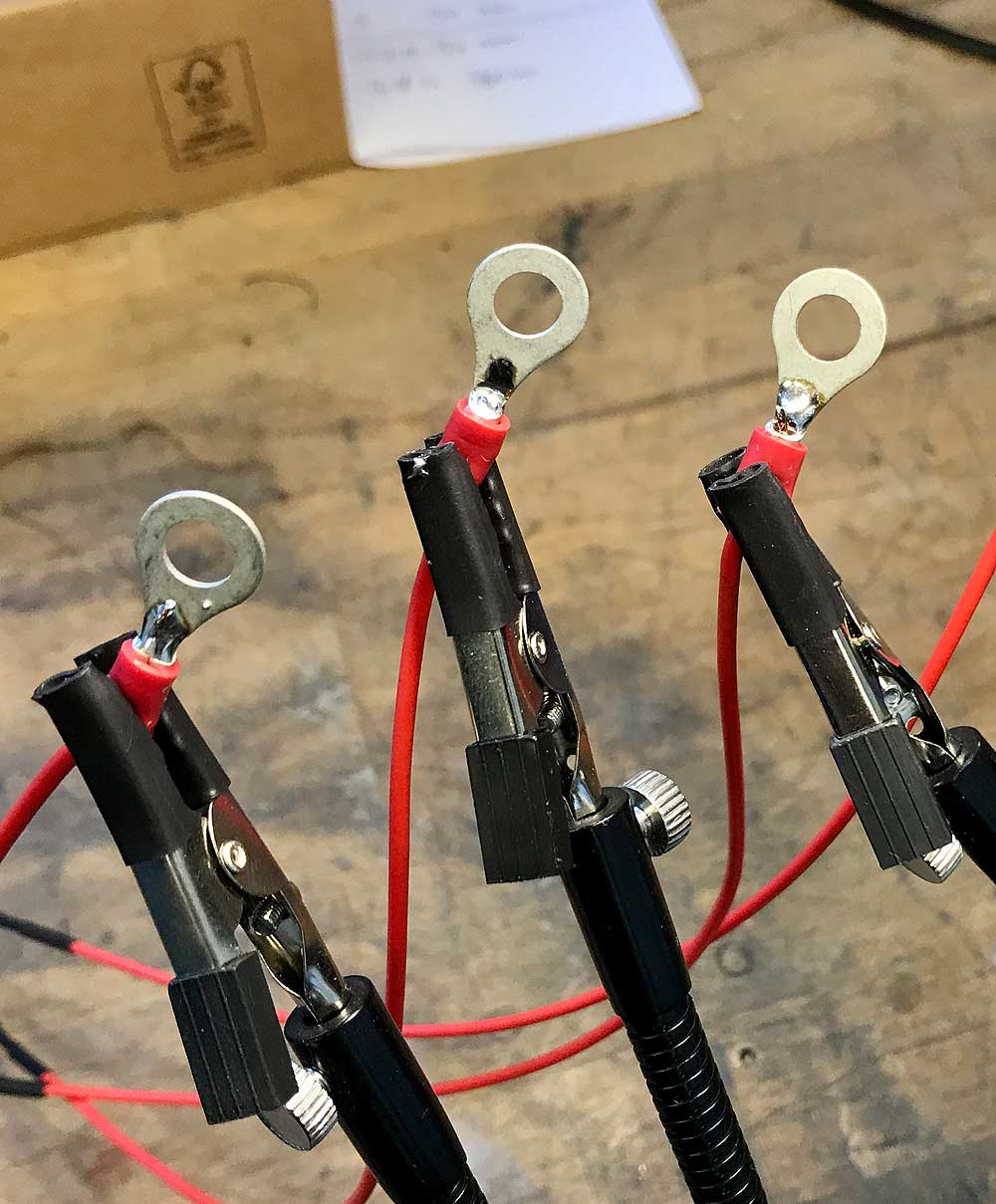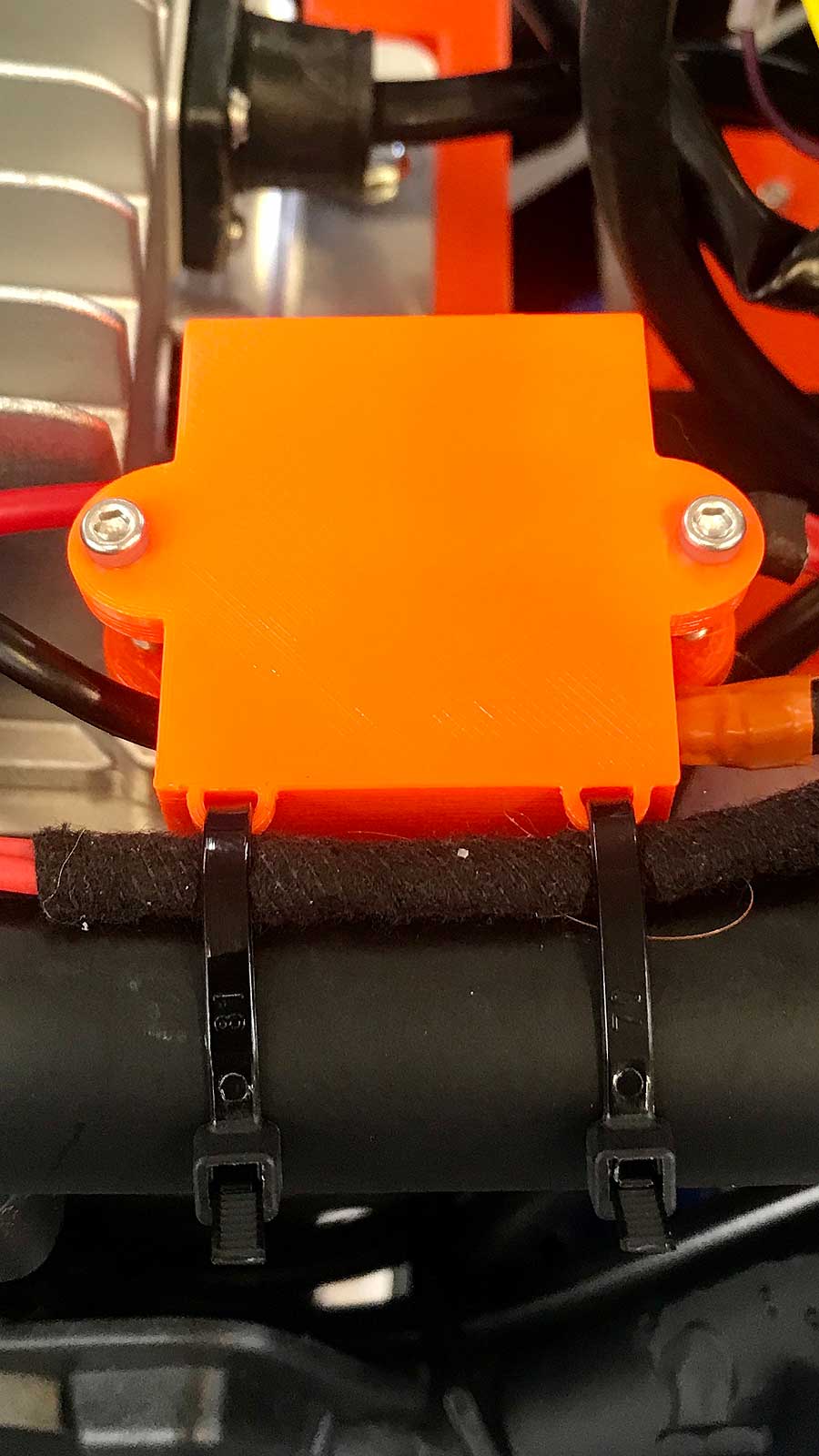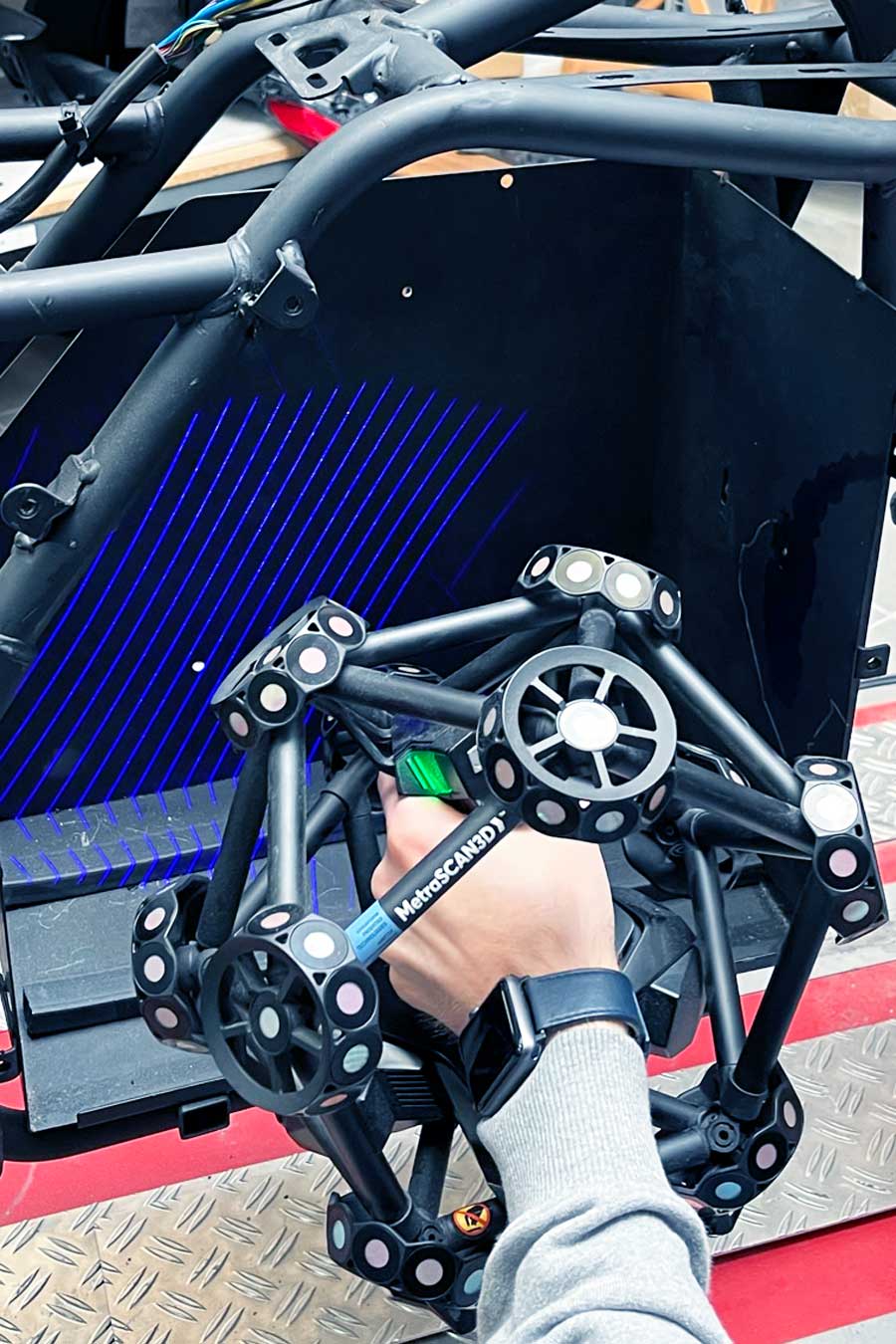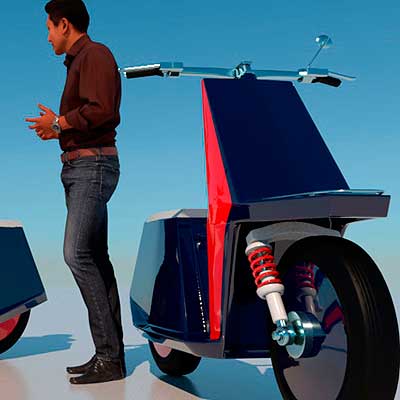Lifetime support
Service
& Repair
Devs offer a fully-qualified, industry-standard repair and maintenance facility, giving you reassurance about keeping your electric motorbike in the best possible condition.
How to maintain and service your electric motorbike?
You might be surprised but electric motorbike maintenance is far simpler than the maintenance of a regular petrol one. After all, the engine and assorted other oily bits have been replaced by an electric motor and a controller - it's a bit like a washing machine, and you don't take one of those to the garage every year to have it inspected.

Electric motorbike maintenance compared to petrol engines
Fewer parts=lower costs. It's easy really. Think of all the parts that make up a regular motorbike... the engine, radiator, pistons, spark plugs, fuel pump, cooling system, exhaust systems. There's lots that may go wrong to that many parts. An electric motorbike in comparison has a lot less to wear out, so maintenance is reported to be as much as 30% less.
What is a typical servicing?
When it comes to servicing, the major areas checked include the electric motor, battery, high-voltage electric cabling, suspension, brakes, steering, wheels, tyres and lights.
Most of this work doesn't mean taking it apart and looking inside. It means plugging into the electric motorbike's computer and analysing the data, which will pick up any possible fault codes that might need attention. The same goes for the battery, which is arguably even lower maintenance as it has no moving parts at all. Individual cells will be checked for performance, with any damaged cells showing up in the data.
Technicians will also give the high voltage electrical cables a visual inspection. Typically bright orange in colour, these heavy duty items will be checked for damage and loose connections. Most are well protected from any sort of road debris, so problems are unlikely.
Suspension and steering components will be checked, while tyres will be assessed for condition, with an electric motorbike's instant torque delivery meaning you can expect to see a higher wear rate for the tyres in particular.
The rest of an electric motorbike is pretty much the same as a normal internal combustion engined vehicle, which means it'll receive similar attention. The use of regenerative braking, where resistance in the electric motor helps slow the motorbike, means that the traditional friction brakes are likely to need fewer disc and pad changes. That said, when they are used the extra weight of an EV means they'll be working harder. And, like all hydraulic systems, the brake fluid will need to be changed, something that usually happens every two years.
Like any motorbike, an MOT will be needed after several years but with no emissions test and with fewer parts to test, repairs should be minimal.
Devs motorbike service intervals
Despite having fewer moving parts to tend to, electric motorbike's usually follow a similar service interval to their internal combustion cousins. Safety related items such as brakes, suspension and tyres need monitoring, so it would be unwise to leave large gaps between professional checks. We recommend your 601 should be checked every 'season' or 10,000 kilometers, whichever comes sooner.





